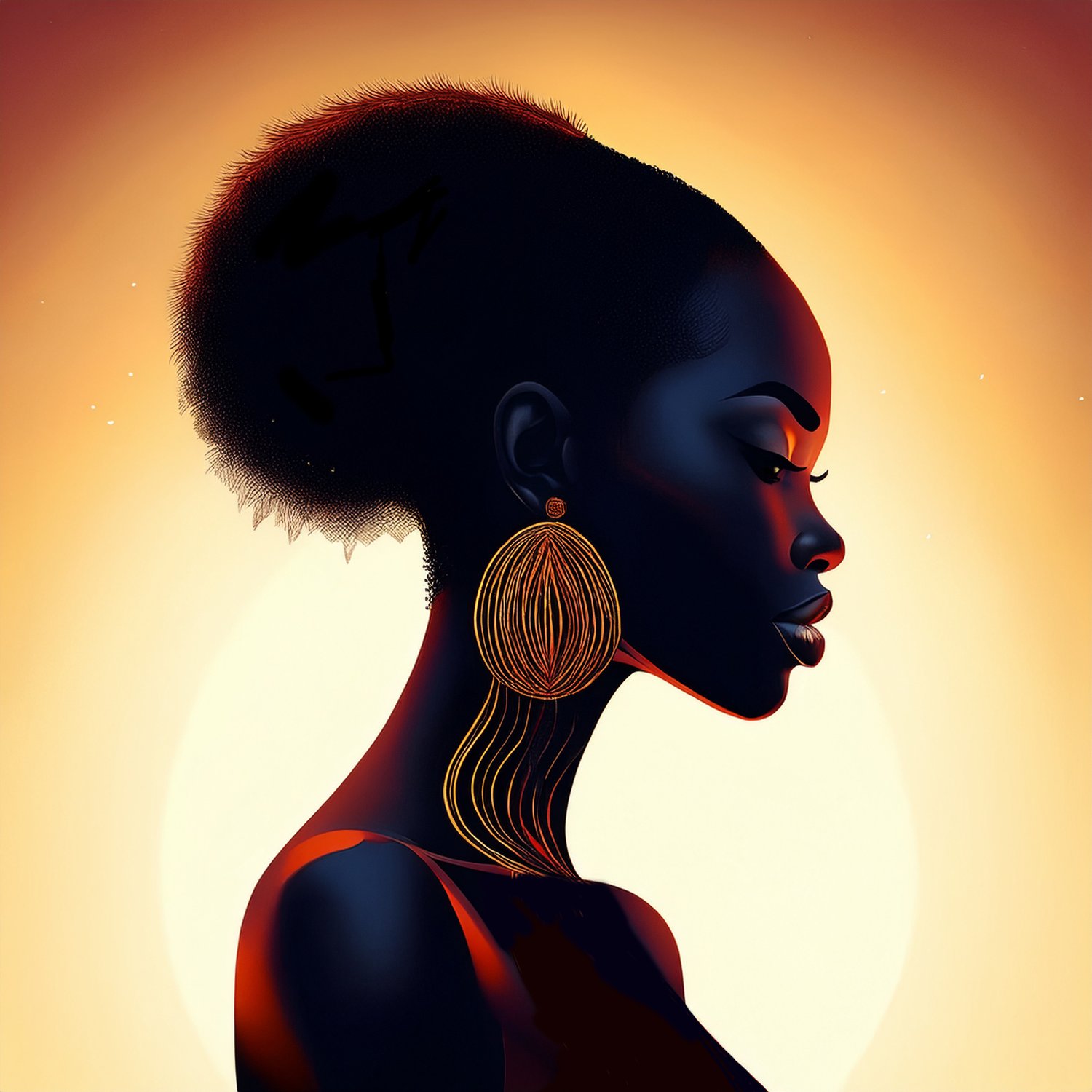Unpacking Colorism: A Wound We Don’t Talk About Enough
Wait, what even is Colorism?
Don’t worry, I didn’t know what colorism was until about a year ago. I was experiencing something new that I couldn’t explain, but it didn’t feel the same as racism. Colorism is a form of racial discrimination in which people are treated differently based on the shade of their skin tone. It describes our society’s tendency to favor lighter skin tones over darker skin tones, even within the same racial or ethnic group.
Colorism is rooted in white supremacy and colonialism (of course!) Historically, lighter skin tones were linked to beauty, intelligence, and worth, while darker skin was devalued and associated with inferiority. This history continues to haunt us and has developed into a modern form of colorism that reveals itself in everyday life. While racism targets entire racial groups from the outside, colorism often happens within communities of color, including the Black community.
Now that we've got that out, let’s discuss Colorism in OUR lives.
Okay, my dark-skin girls, I know you have faced some colorism, whether you realized it or not. Here are some examples where colorism occurs:
Social Media Platforms
Social media platforms often push content created by influencers with lighter complexions rather than creators with darker skin. Why? Because we know the history of colorism and favoritism toward people with lighter skin, this bias is still alive. So, the algorithm boosts content that is already guaranteed to be more successful.
Darker-skinned girls might post the same content but get fewer views or less engagement. It’s not just shadowbanning—it’s digital bias.
2. “Trends” and “Aesthetics”
I think we all know this one, y’all. Jalaiah Harmon created the “Renegade” dance, a viral TikTok dance that took everyone’s For You Page by storm in late 2019. Popularized by Charli D’Amelio and Addison Rae, the dance got them brand deals, television appearances, and more. However, Ms. Harmon was left in the dark. To receive recognition, she started commenting on every post, trying to get attention, but was ignored. Eventually, she got an interview with the New York Times, where she spoke her truth, but it was too late; influencers were already on national television, podcasts, etc. And this is just one example of how social media trends don’t favor us.
Let us move on to the “Clean Girl Aesthetic”. No one can tell me that isn’t racist and colorist. We all know that there is a lasting stereotype that black women are “dirs be for rea’s be for real; If we call something clean, we’re also implying that other looks are… dirty.
The “clean girl” look is rarely seen on dark-skinned girls or those with Afrocentric features. Don’t believe me? Go on TikTok, Instagram, or Pinterest and look at the most viral posts under the trend. Count how many black women there are, and let me know down below.
And let’s be real, even when dark-skinned girls follow the trend perfectly, they often don’t get the same visibility, praise, or views.
TikTok trends and “clean girl” aesthetics often center Eurocentric features, even when copied from Black culture.
3. Okay, one more, I promise, POP THE BALLOON
Hate me if you want, but these internet dating shows need to stop.
So, what is Pop the Balloon? It is a dating trend on YouTube where a group of men or women are holding red balloons and a different single person comes out each round. They answer questions and talk, but when the balloon pops, they must explain why. A balloon symbolizes the person with the “undesirable” features, and the act of popping the balloon becomes a metaphor for “removing” or rejecting those features. And if you watch some episodes, it’s clear that dark skinned black women are not favored as much. It is never okay to reject someone’s person. I think the show should be canceled (even though, don't get me wrong, it's lowkey entertaining).
If you are interested in trends that promote racism and colorism, read the next post! Thank you all for reading, and please comment below with your thoughts.
